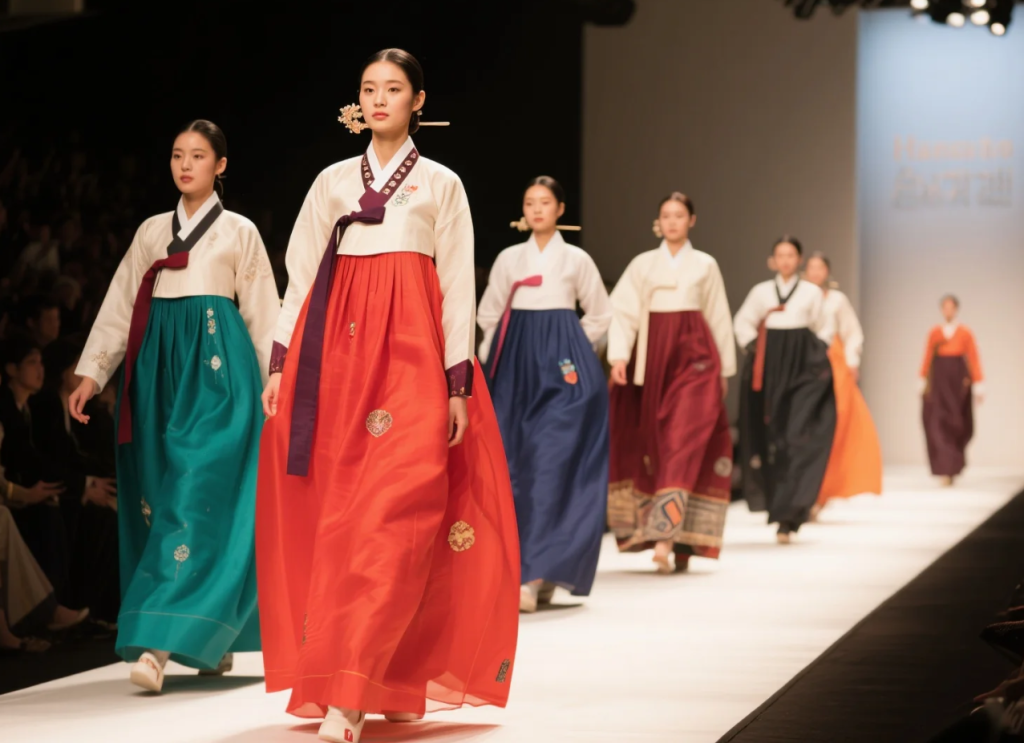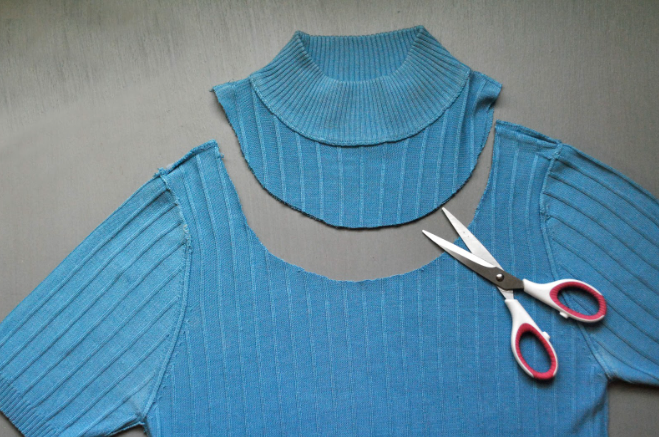
In recent years, the world of fashion has witnessed a remarkable cultural crossover. Among the many influences shaping global style trends, the Korean traditional dress — the hanbok — has emerged as a powerful muse for designers on international runways. From subtle fabric choices to bold silhouettes, hanbok’s timeless elegance and unique design elements have sparked creativity far beyond Korea’s borders.
In this article, we’ll explore how the hanbok has evolved from a centuries-old garment to a dynamic source of inspiration in 2025’s global fashion scene. Whether you’re a fashion enthusiast or a curious cultural explorer, understanding this phenomenon sheds light on the deep connections between tradition and modern style innovation.
What Is the Hanbok? A Quick Cultural Snapshot
Before diving into its impact on contemporary fashion, it’s essential to understand what the hanbok represents. Traditionally worn in Korea for centuries, the hanbok is characterized by:
- Simple lines and flowing shapes: The design avoids tight fitting, instead embracing loose and elegant draping.
- Vibrant colors and symbolic patterns: Often bright reds, blues, and yellows are used, each with cultural significance.
- Distinctive components: The jeogori (a short jacket), chima (a high-waisted skirt for women), and baji (baggy pants for men).
The hanbok embodies Korean aesthetics of balance, modesty, and natural beauty, making it both practical and visually striking. Traditionally reserved for celebrations and special occasions, today’s hanbok culture has expanded and adapted, influencing both everyday wear and avant-garde fashion.
The Rise of Korean Culture in Global Fashion
The last decade has seen an unprecedented global fascination with Korean culture, often termed the “Korean Wave” or Hallyu. Thanks to K-pop, K-dramas, and the rise of Korean beauty products, Korea’s cultural exports have become a mainstay worldwide.
Fashion is no exception. Designers and brands are increasingly tapping into Korea’s rich heritage as a fresh wellspring of inspiration. The hanbok, with its distinct silhouettes and storytelling potential, naturally attracted attention.
Hanbok’s Signature Features on the Runway
Let’s break down some key hanbok elements that have permeated high fashion in 2025:
1. Flowing Silhouettes and Layering
Many designers have embraced hanbok’s signature loose fit and layered look. Runway collections often feature billowing skirts and oversized jackets that echo the hanbok’s graceful draping — but with a modern twist, such as unexpected fabrics like leather or metallic finishes.
2. Vibrant, Symbolic Color Palettes
The bold use of color in hanbok — vibrant reds, royal blues, soft pastels — is now visible in capsule collections and seasonal lines. Some brands reinterpret these palettes to fit Western tastes, creating harmonious yet eye-catching combinations.
3. High Waistlines and Draping Techniques
The high-waisted chima skirt has inspired numerous contemporary skirt and dress designs. Layering techniques borrowed from hanbok construction add dimension and elegance to evening wear and casual collections alike.
4. Traditional Motifs and Textures
Designers also incorporate traditional Korean motifs, such as floral embroidery, cranes, and clouds, subtly woven into fabrics or printed as statement patterns. These elements introduce cultural depth without overwhelming the garment’s modern appeal.
Designers Leading the Hanbok-Inspired Movement
Several designers have been pivotal in bringing hanbok influences to global fashion stages:
- Lie Sang Bong: A Korean designer who blends traditional hanbok shapes with futuristic materials and urban aesthetics. His collections often feature asymmetry and architectural cuts that reference hanbok structure.
- Kye: Known for merging streetwear with hanbok elements, Kye’s collections spotlight comfort and color, making tradition wearable for younger audiences.
- Vera Wang: Even outside Korea, Vera Wang’s bridal collections have hinted at hanbok influences through high waistlines and flowing fabric choices.
International brands like Gucci, Dior, and Valentino have also incorporated hanbok-inspired elements, underscoring the garment’s global reach.
Why Hanbok Resonates with Today’s Fashion World
1. A Desire for Meaningful Fashion
In an era dominated by fast fashion, consumers crave authenticity and storytelling. Hanbok’s cultural heritage provides depth and identity to modern pieces, satisfying this demand.
2. Sustainability and Timelessness
Hanbok’s timeless design contrasts sharply with fleeting trends, inspiring designers to create sustainable, long-lasting collections that respect tradition and the environment.
3. Fusion of East and West
The blending of hanbok with Western styles symbolizes globalization and cultural appreciation when done respectfully. It encourages cross-cultural dialogue and fresh creativity.

How You Can Incorporate Hanbok-Inspired Style
Whether you’re a fashion creator or a style-conscious consumer, here’s how to bring hanbok vibes into your wardrobe:
- Opt for flowy skirts or dresses with high waists and light fabrics.
- Experiment with layered tops and jackets that mimic hanbok structure without restricting movement.
- Play with color blocking inspired by traditional hanbok palettes—think bold reds paired with pastel blues.
- Add accessories with traditional Korean motifs or handmade embroidery details.
- Mix and match modern casual wear with one statement hanbok-inspired piece for an effortless look.
Final Thoughts: Tradition Meets Tomorrow
The hanbok’s journey from Korea’s historical attire to a global fashion inspiration perfectly illustrates the power of culture in shaping style. Its elegant simplicity and meaningful symbolism offer designers and consumers alike a refreshing alternative to homogenized trends.
As 2025 unfolds, expect to see even more innovative interpretations of hanbok on runways, in street style, and digital fashion spaces. For those passionate about fashion with roots and meaning, the hanbok is a treasure trove waiting to be rediscovered.


